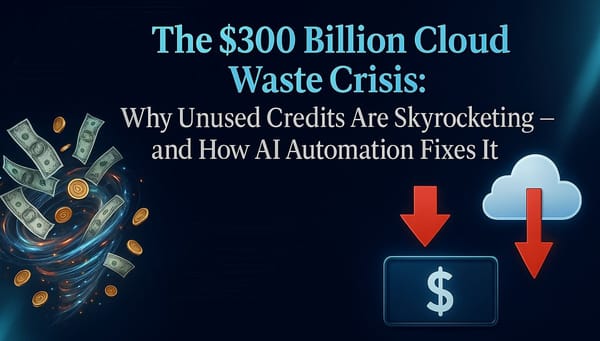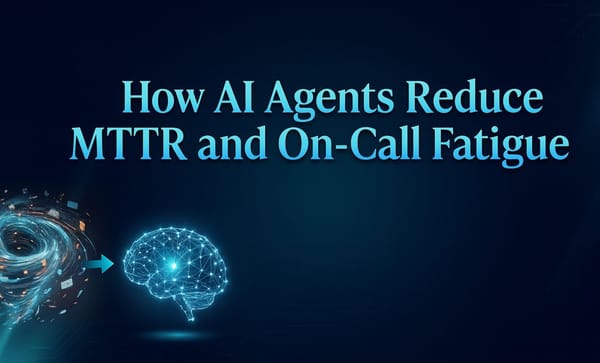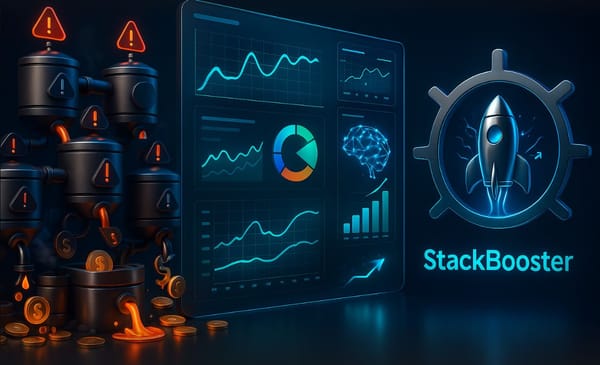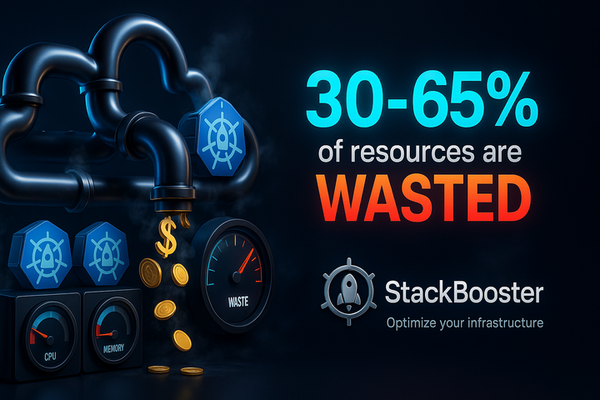FinOps Framework: Stop Wasting Cloud Budgets and Start Maximizing Value

Let’s be honest — managing cloud costs can feel like a game of whack-a-mole. Costs pop up here, there, and everywhere, and just when you think you’ve got a handle on things, something spikes. Sound familiar? That’s where FinOps comes in. It’s not just another buzzword; it’s a game-changing approach for organizations looking to manage their cloud spend without killing innovation.
So, What Exactly Is FinOps?
Think of FinOps as the perfect blend of Finance and DevOps — a framework that makes cloud spending everyone’s responsibility. Teams across engineering, finance, and product come together to optimize cloud use and, more importantly, make decisions that drive real business value.
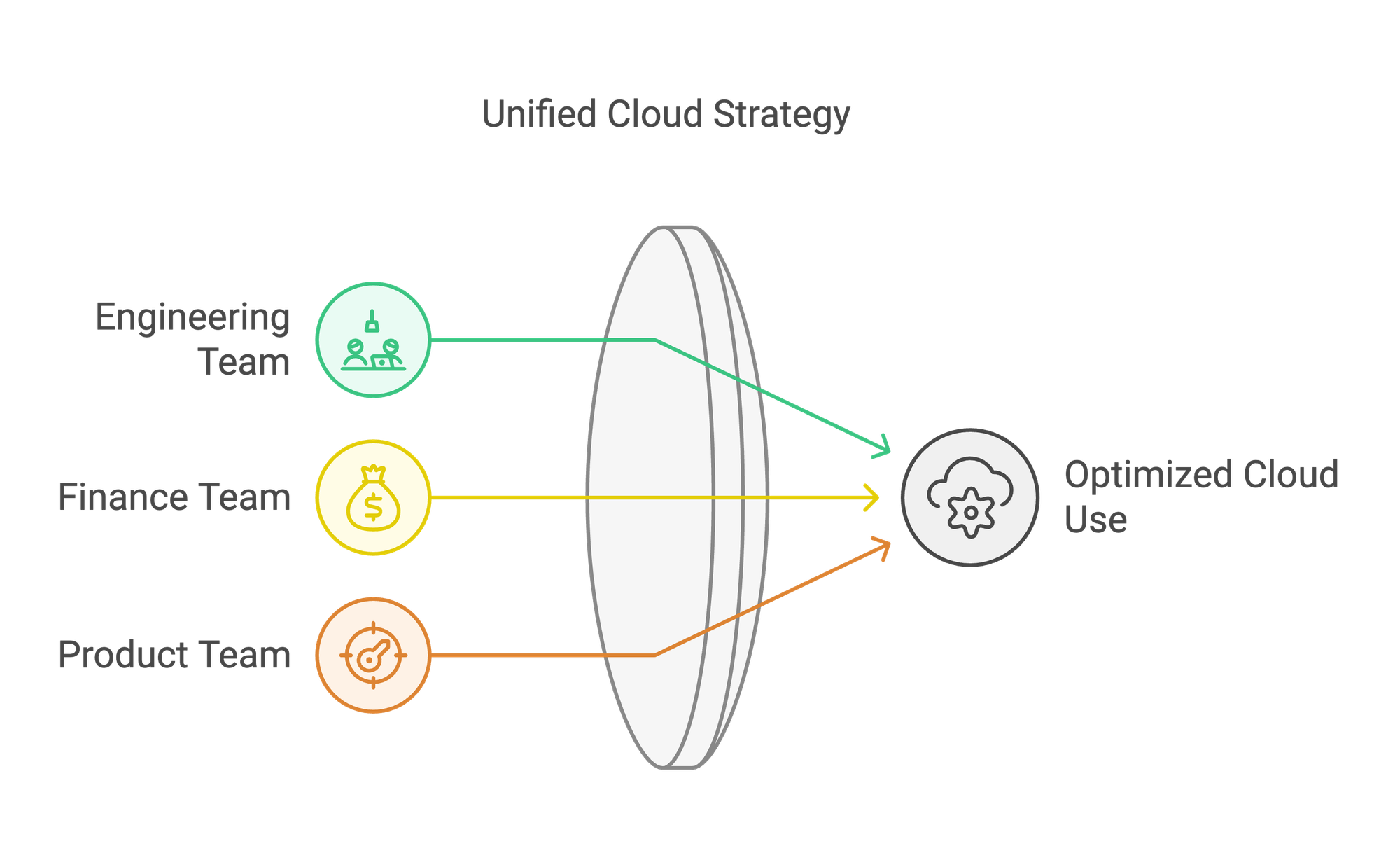
The idea? Treat cloud spending like an investment, not a cost center. It’s not about cutting corners or pinching pennies; it’s about making smart choices. Does this feature justify the extra cost? Should we scale down that instance, or are we preparing for a customer surge? FinOps creates the structure for these conversations.
Here’s the thing: cloud bills are inherently unpredictable. You’re working with a pay-as-you-go model, which is great for flexibility but tricky for financial planning. With FinOps, you replace chaos with control.
Why FinOps Isn’t Just About “Saving Money”
If you think FinOps is just about trimming cloud bills, let’s clear that up. Sure, cost management is part of the deal, but it’s not the main goal. It’s about spending wisely.
Here are the key wins FinOps brings to the table:
• Visibility: No more guessing games. You know exactly where your cloud dollars are going — right down to a specific feature or team.
• Collaboration: Engineers, finance, and leadership talk to each other (yes, really). Teams align on goals, budgets, and timelines.
• Smart Decisions: Should you scale up for performance or optimize for cost? FinOps gives you the data to decide.
• Innovation with Guardrails: Engineers have the freedom to build, but with cost-awareness baked into their process.
FinOps isn’t about slashing budgets. It’s about asking, “Is this spend giving us value?” Sometimes the answer is “yes - let’s invest more.” Other times, you spot inefficiencies and fix them. Either way, you’re making intentional choices.
FinOps Principles: Think of Them Like North Stars
FinOps has six guiding principles. They’re simple, practical, and surprisingly effective:
1. Teams Need to Collaborate: Engineers, finance, and product teams work together in real time. It’s not just an IT problem anymore.
2. Decisions Are Driven by Business Value: Focus on metrics that matter — like cost per transaction or revenue per dollar spent.
3. Everyone Owns Their Cloud Usage: Engineers take accountability for costs tied to their features and services.
4. Make FinOps Data Timely and Accessible: Real-time cost data means faster, smarter decisions. No more waiting for month-end surprises.
5. A Centralized Team Drives FinOps: A core team sets the strategy but empowers others to act. Think of it like security — everyone plays a role.
6. Embrace the Cloud’s Variable Cost Model: Scale up when needed, scale down when you don’t. Flexibility is your superpower.
These principles aren’t rules to follow - they’re habits to adopt. Teams that embrace them start seeing results pretty quickly.
The Crawl, Walk, Run Approach to FinOps Maturity
Not every company is ready to go “all in” on FinOps right away. That’s okay! FinOps uses a simple maturity model:
• Crawl: Start small. Build visibility. Fix obvious problems (like over-provisioned instances).
• Walk: Improve processes. Automate where you can. Engineers start factoring cost into their decisions.
• Run: Costs are optimized proactively. Financial accountability is baked into every stage of the development lifecycle.
The idea is to start where you are. No need to boil the ocean on Day 1. Small wins compound over time.
FOCUS: A Unified Format for Cloud Cost Data
Let’s talk about one of the coolest developments in FinOps: FOCUS (FinOps Open Cost and Usage Specification). It’s an open-source standard that makes cloud billing data consistent across providers like AWS, Azure, and Google Cloud.
Why is this a big deal? Because inconsistent billing formats have been a massive headache for years. FOCUS lets you analyze costs cleanly — regardless of the platform — so you can make better decisions, faster.
Who’s Responsible for FinOps? Everyone. But Also, No One.
That sounds like a contradiction, right? Let me explain. FinOps works because it spreads responsibility across the organization.
• Engineers: They optimize architecture, reduce waste, and ensure cloud resources serve a purpose.
• Finance Teams: They bring their expertise in budgeting, forecasting, and vendor negotiations.
• Product Teams: They prioritize features that deliver the most business value for the cost.
• Leadership: They align cloud decisions with long-term goals and ensure teams have what they need.
A dedicated FinOps Practitioner (or team) bridges these roles, ensuring everyone’s working together toward a common goal. Think of them as the coach, not the referee.
How to Get Started with FinOps
Ready to dive in? Start with these steps:
1. Educate Your Teams: Start with foundational resources like guides, videos, or books to build a shared understanding of FinOps principles.
2. Assess Your Maturity: Are you at the Crawl, Walk, or Run stage? Start small, and improve over time.
3. Build a Central FinOps Team: These folks will set the strategy and drive adoption across the organization.
4. Use Real-Time Data: Set up tools that provide timely cost and usage insights — your engineers need this data to make decisions.
5. Make It a Habit: FinOps isn’t a one-time project; it’s an ongoing practice. Keep iterating, improving, and scaling.
Final Thoughts: Make the Cloud Work for You
Cloud spending shouldn’t feel like a black hole. With FinOps, you’ll get clarity, control, and confidence in where your money is going. You’ll empower your teams to innovate responsibly while staying aligned on business goals.
It’s not about saving pennies; it’s about delivering value. Whether you’re scaling up for a major launch or optimizing for efficiency, FinOps ensures every dollar spent moves your company forward.
And really, isn’t that the whole point?
If you’re serious about cost efficiency and cloud strategy, FinOps isn’t optional anymore — it’s essential. So start small, aim big, and let your teams take ownership. The results? Faster products, better decisions, and a cloud budget that actually makes sense.
At StackBooster, we live and breathe these principles. If your company is looking to integrate FinOps and unlock its benefits, we’re here to help — free of charge. Let’s make the cloud work for you. 🚀


